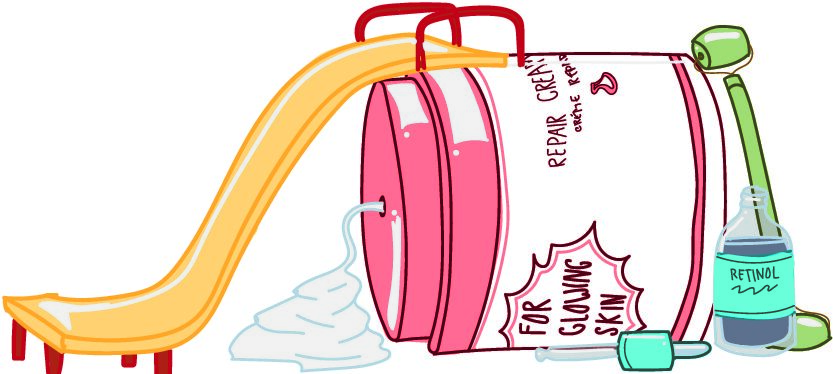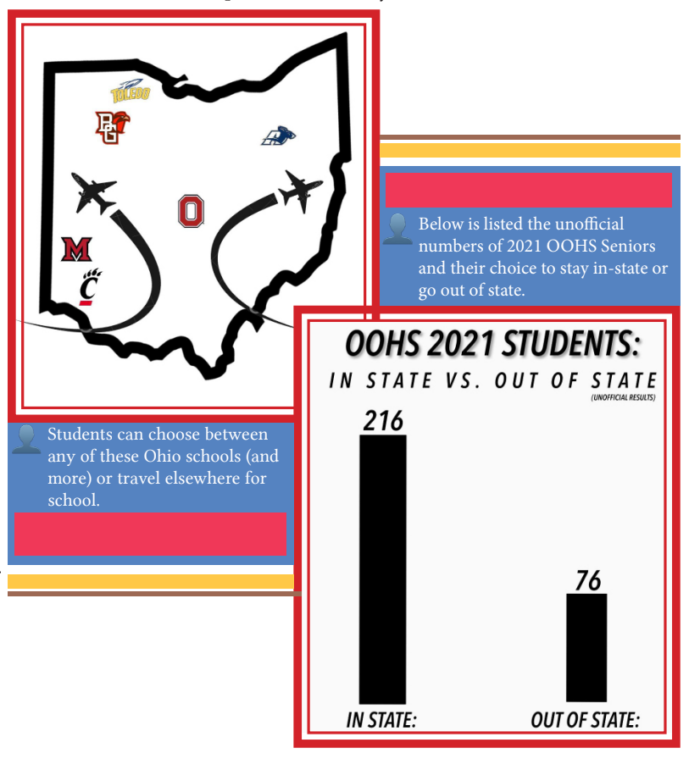
design: Kendall Cadegan
The halls around the building are now scarcely populated, the scent of cleaning products and hand sanitizers are creeping through the fabric on students’ faces. The newly added measures to prevent students from getting sick are becoming more normal, but eight months ago who would’ve imagined this is what high schoolers’ lives would be like now. It’s hard to think that just over 100 years ago another sickness caused even more chaos all over the world.
Both COVID-19 and the Spanish flu created major changes in the lifestyles of everyone due to their infectious spreading and unknown methods of prevention. Both pandemics are viruses but COVID-19 is believed to have originated from animal to human where the Spanish flu likely was caused by birds.
According to the CDC, “There is not universal consensus regarding where the Spanish flu originated, it spread worldwide during 1918-1919. In the United States, it was first identified in military personnel in spring 1918.”
The two viruses share many symptoms and they have a large effect on the respiratory system causing typical flu symptoms like fatigue, chills, fevers and on the more extreme side their lungs would be full of fluid suffocating them which was fatal. Common COVID-19 symptoms include coughing, sneezing and a fever but can also cause loss of taste or smell.
“The Spanish Flu and COVID-19 are oddly similar. The only way to prevent the spreading is through what we can control: social distancing and wearing a mask; everyone needs to contribute to help this virus go away,” sophomore Taylor Stewart said.
The Spanish Influenza spreads when somebody who has it talks, sneezes or coughs. It was very contagious and spread rapidly. Even contact with a surface that contains the virus can have serious outcomes, COVID-19 is contracted in the same ways.
“COVID-19 is spread at a higher contagious rate,” Guse said. According to the CDC the overall infectious rate is around 8 percent, but in more recent weeks has decreased to roughly 4.5 percent in the United States.
Learning about previous pandemics can help shape the outcome of the current lifestyles and help to make the disease die down on a global scale. By understanding what was beneficial and what was detrimental during the Spanish flu, crucial evidence can show ways to prevent the spread.
Associate professor in the Department of History at the Ohio State University Nicholas Breyfogle wrote one of the best ways to understand COVID-19 is recognize “what’s happened in the past.”
Looking back on the Spanish Flu, multiple cities and their public health precautions were a key factor in determining what would “flatten the curve” or slowing the spread. For instance, Philadelphia mandated isolation laws very late after many deaths while St. Louis made quick calls and had very few deaths.
According to National Geographic, “In 1918, the studies found, the key to flattening the curve was social distancing. And that likely remains true a century later, in the current battle against coronavirus.”
Nonetheless, if learning about the similarities and differences is for educational purposes or out of pure curiosity there is important information that can be acquired. The two are quite alike but the time periods and certain specifics that set them apart make them intriguing.
“It can be interesting to compare the two and learn about how it affected the different times. In 1918 travel was much different and World War I was going on which is different from today,” Guse said.


